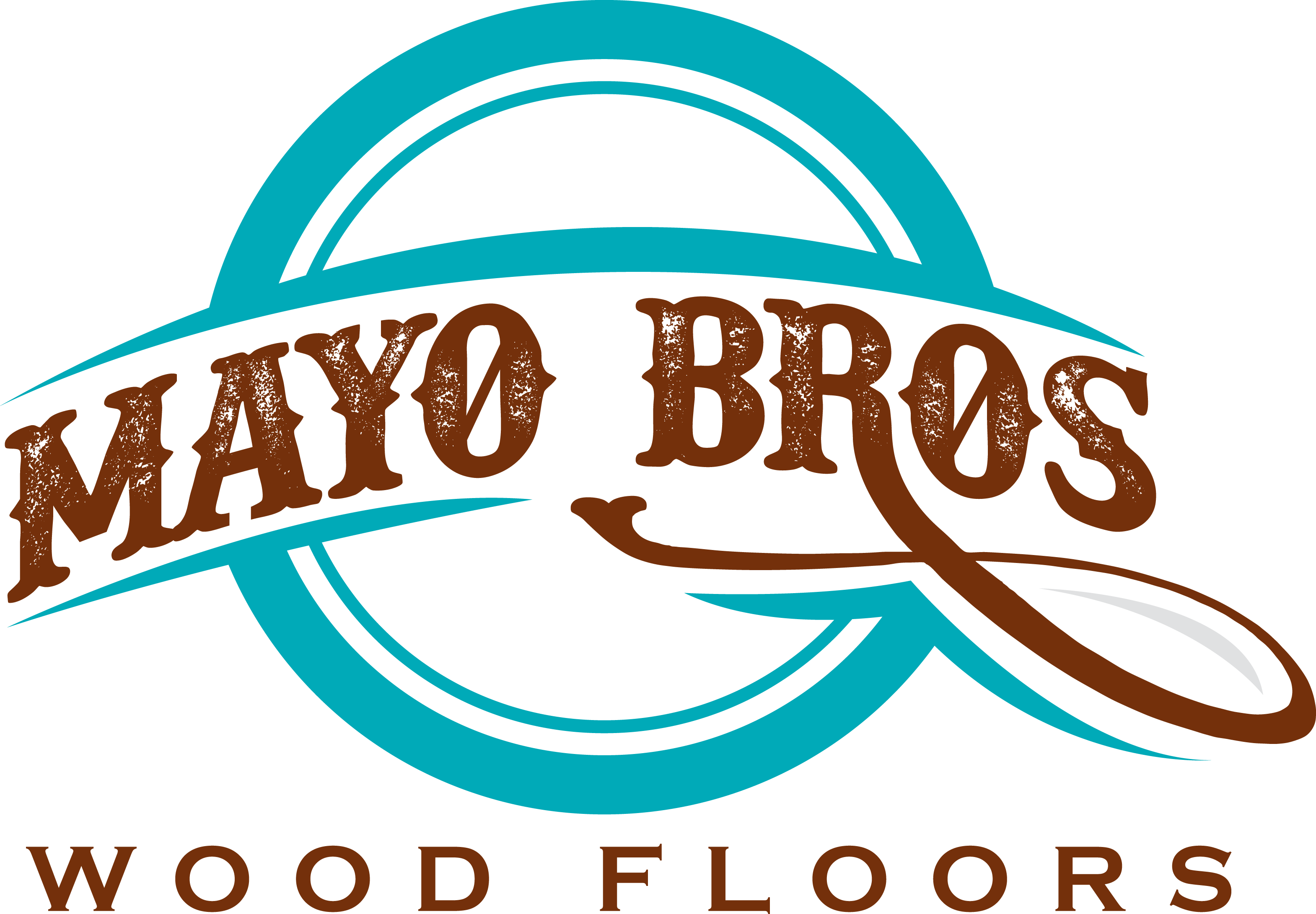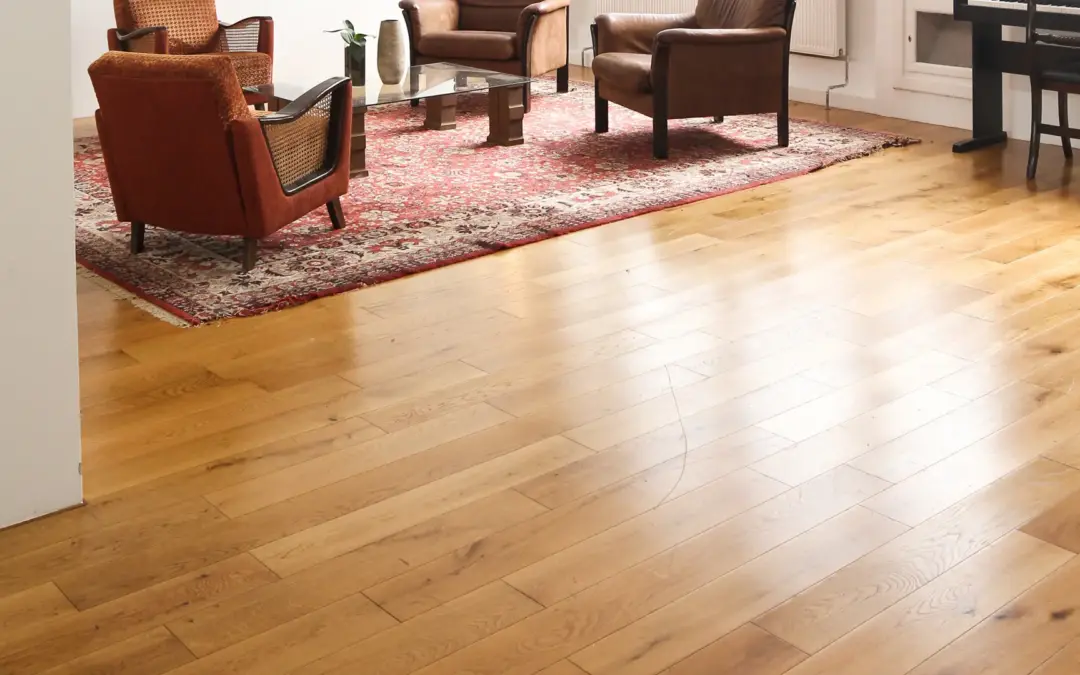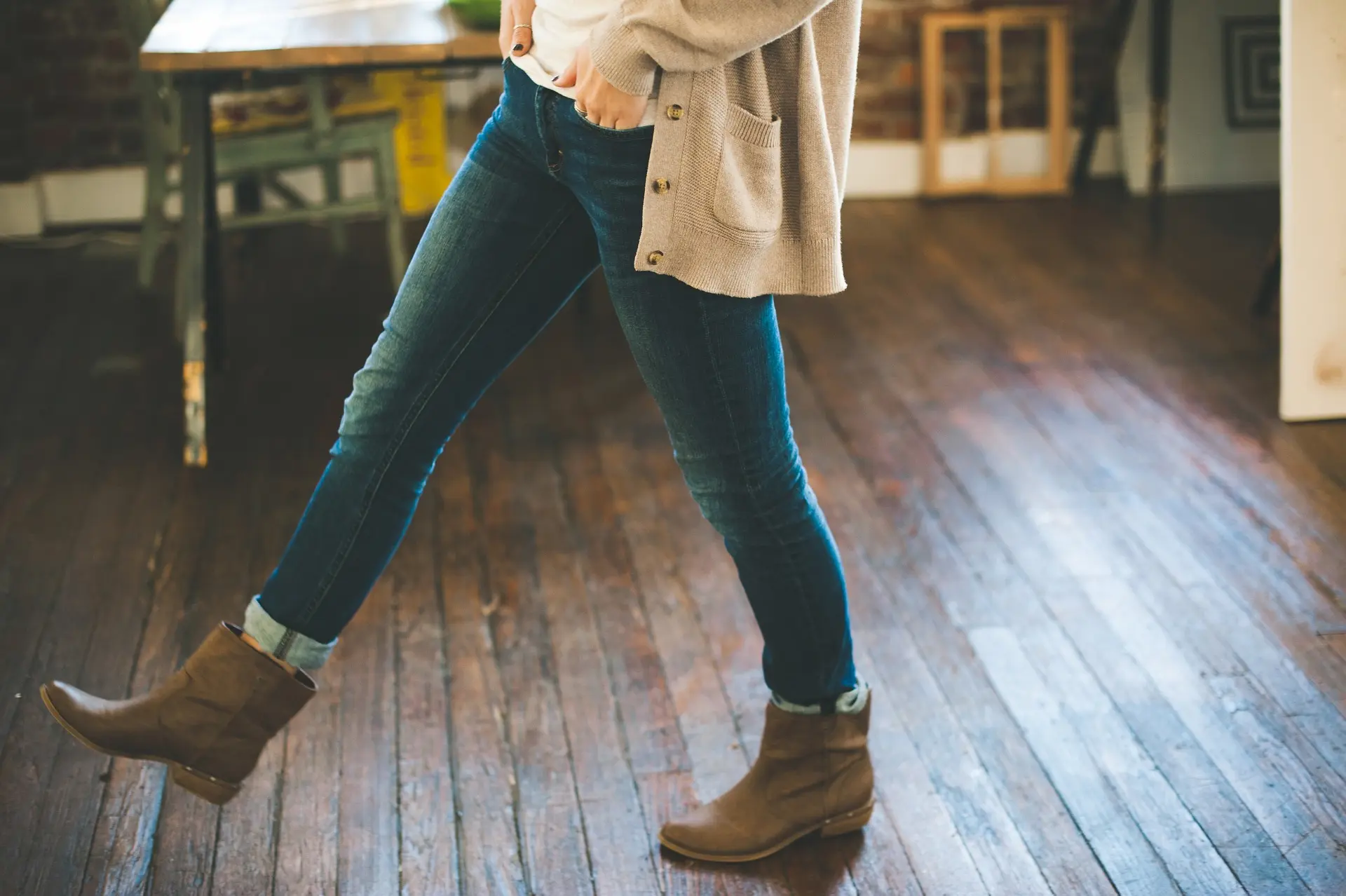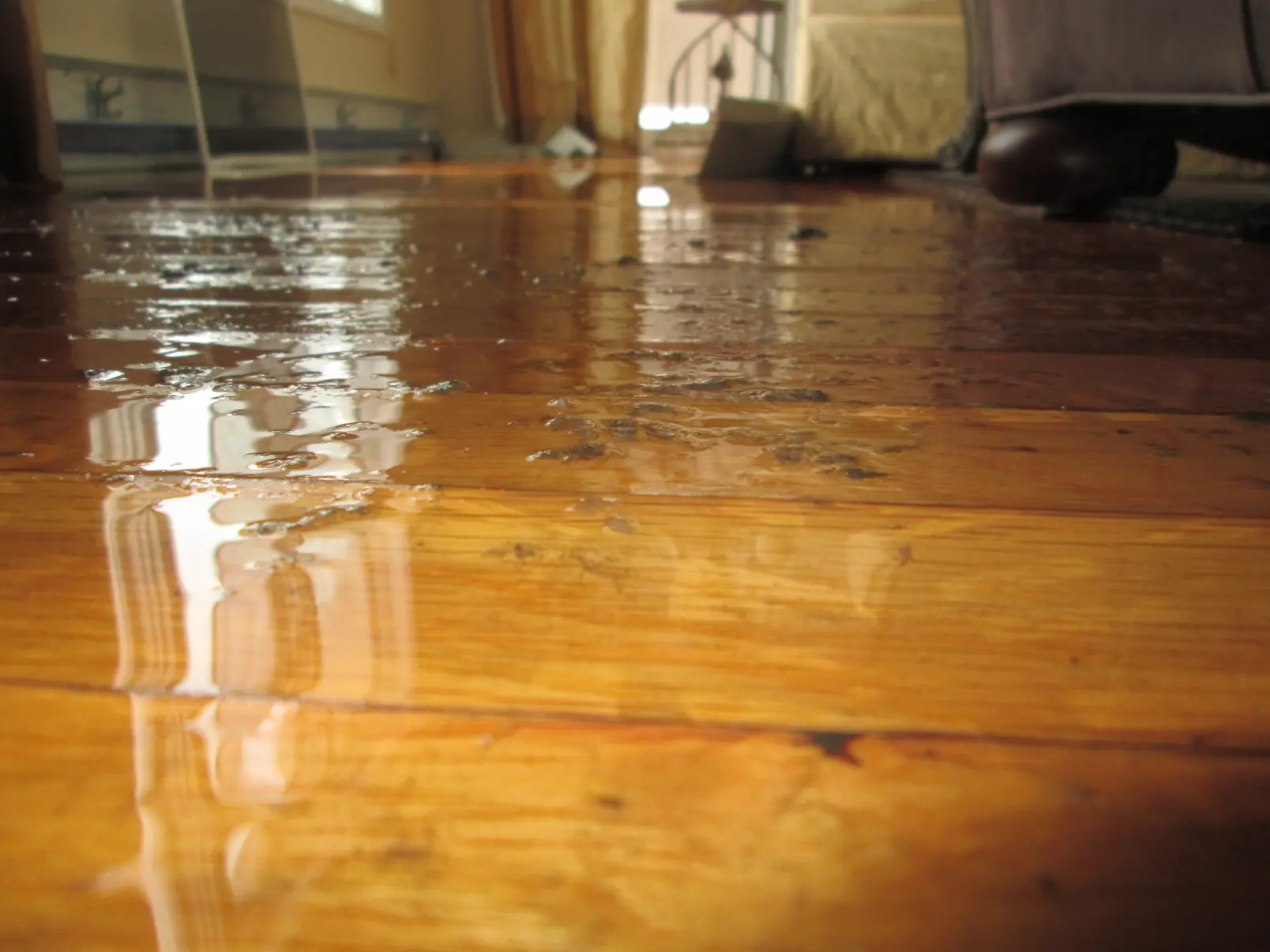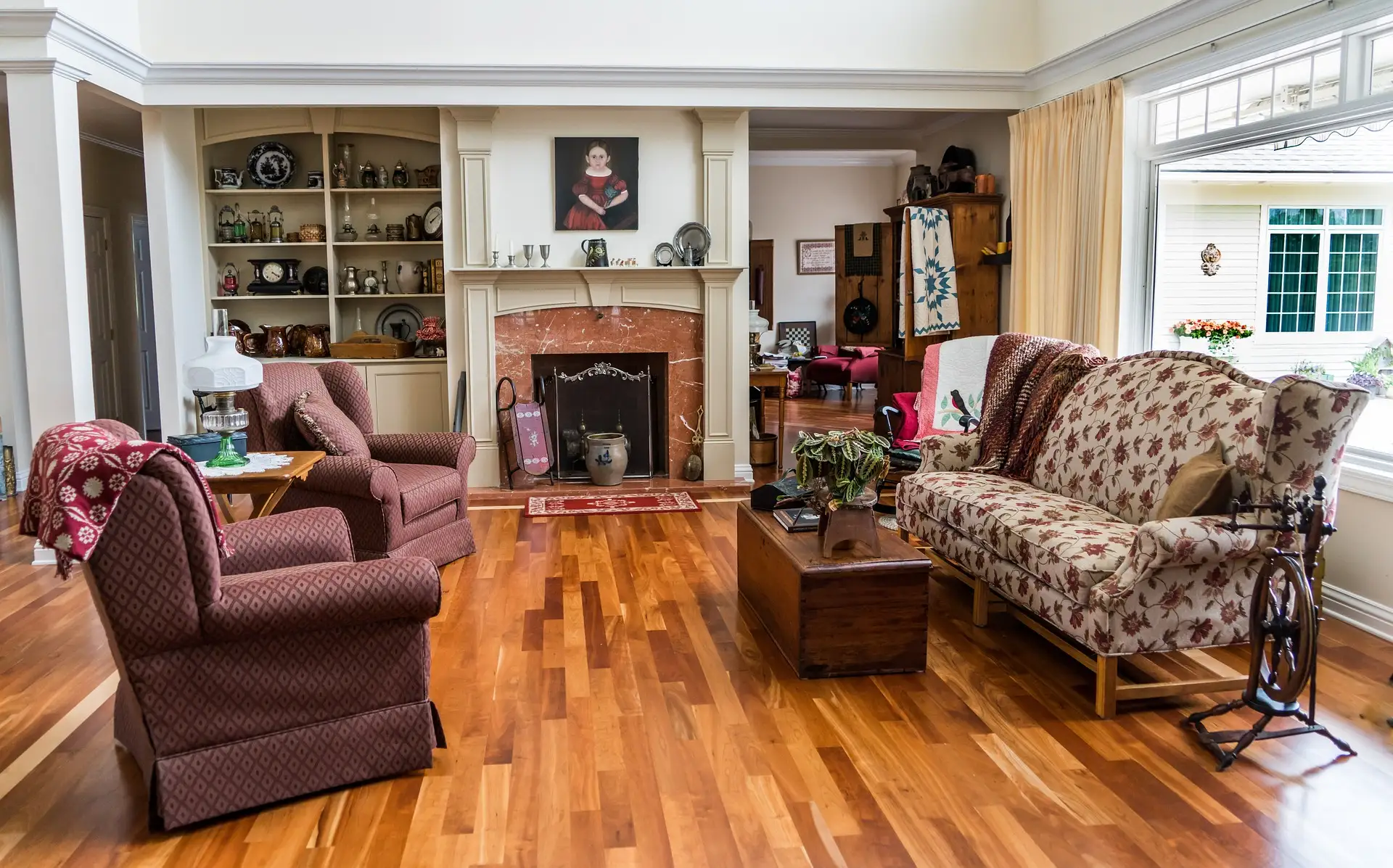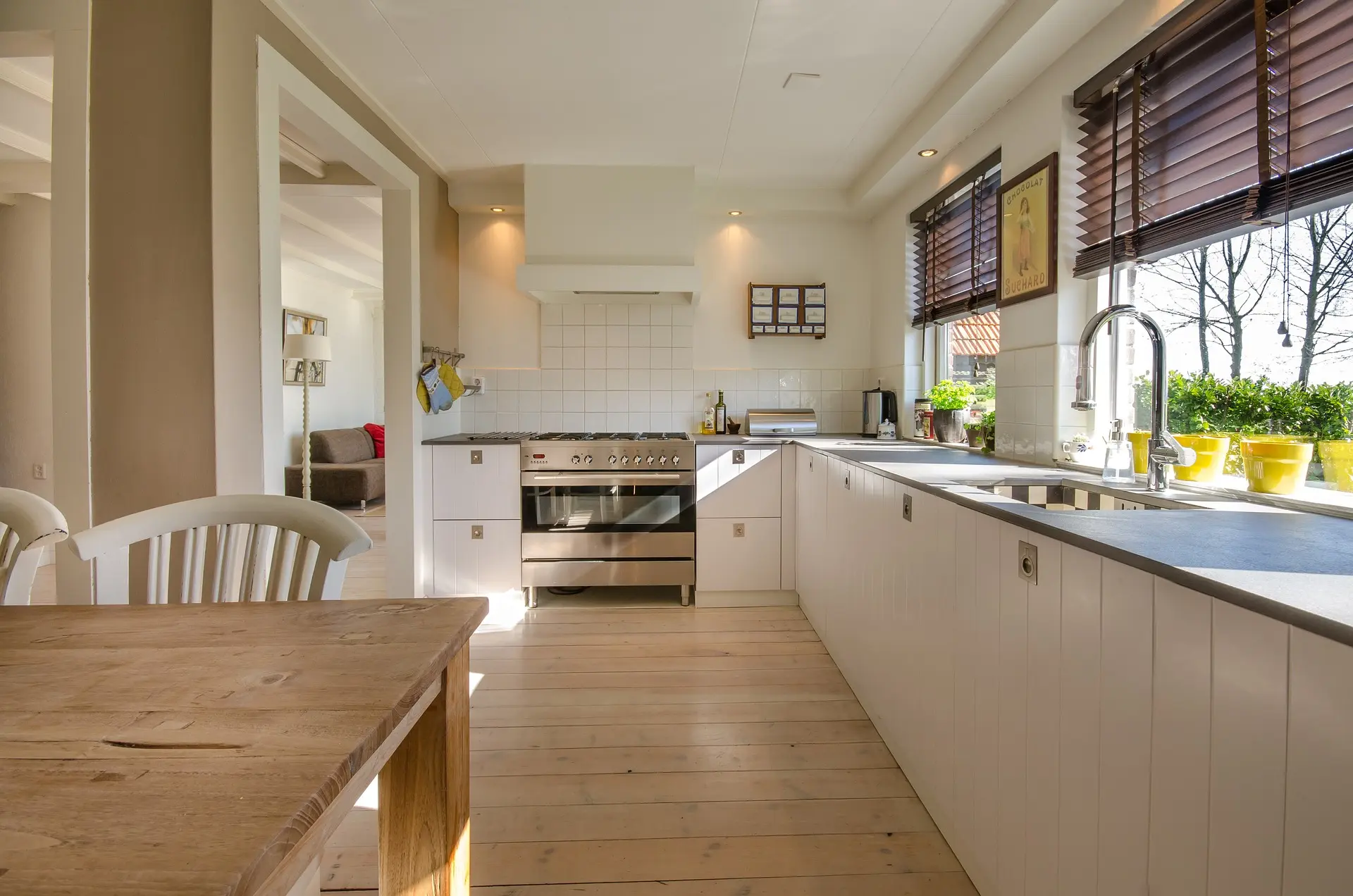Hardwood floors are an elegant and timeless addition to any home. However, over time, even the most well-maintained hardwood floors can develop issues such as scratches, dents, and warping. In this comprehensive guide, we’ll cover everything you need to know about hardwood floor repair, including common problems and their causes, repair methods, and preventative maintenance tips.
Common Problems with Hardwood Floors
Hardwood floors are durable and long-lasting, but they can still develop problems over time. Some of the most common issues with hardwood floors include:
Scratches and Dents
Scratches and dents are a common problem with hardwood floors, especially in high-traffic areas. They can be caused by pets, furniture, shoes, and other items that come into contact with the floor. Over time, these scratches and dents can accumulate, making your floors look dull and worn.
Cupping and Crowning
Cupping and crowning are two common problems that can affect hardwood floors. Cupping occurs when the edges of the board are higher than the center, while crowning occurs when the center of the board is higher than the edges. These issues are typically caused by moisture problems, such as high humidity or water damage.
Warping and Buckling
Warping and buckling are serious problems that can affect hardwood floors. Warping occurs when the boards warp or twist, while buckling occurs when the boards lift up from the subfloor. These issues are typically caused by moisture problems, such as water damage or high humidity.
Assessing the Damage
Before you can repair your hardwood floors, you need to assess the damage. Start by identifying the problem and determining the cause. For example, if you have scratches on your floors, you’ll need to determine how deep they are and whether they’ve penetrated the finish. If you have cupping or crowning, you’ll need to identify the source of the moisture problem.
Once you’ve identified the problem, you can determine the best course of action. In some cases, you may be able to repair the damage yourself. In other cases, you may need to hire a professional.
Hardwood Floor Repair Methods
There are several methods you can use to repair hardwood floors, depending on the type and extent of the damage. Some of the most common repair methods include:
Sanding and Refinishing
If your floors have surface-level scratches or dents, you may be able to sand and refinish them. This involves removing the damaged layer of finish and sanding down the wood to a smooth surface. You can then apply a new coat of finish to protect the wood and restore its shine.
Patching and Replacing Boards
If you have deeper scratches or dents, or if you have damaged boards, you may need to patch or replace them. This involves removing the damaged section of the floor and replacing it with a new board or patch. This is a more involved process than sanding and refinishing, and may require the skills of a professional.
Repairing Cupping and Crowning
If your floors are cupping or crowning, you’ll need to address the underlying moisture problem before repairing the floors. Once you’ve fixed the moisture issue, you may be able to sand and refinish the floors to restore their appearance.
Fixing Warping and Buckling
If your floors are warped or buckled, you may need to remove and replace them entirely. This is a complex and time-consuming process that typically requires professional expertise.
Preventative Maintenance Tips
Preventative maintenance is key to keeping your hardwood floors in good condition. Here are a few tips to help you prevent damage and prolong the life of your floors:
Regular Cleaning and Maintenance
Regular cleaning and maintenance can help prevent scratches and other damage to your floors. Use a soft-bristled broom or vacuum with a hardwood floor attachment to remove dirt and debris from your floors. Avoid using wet mops, as excessive water can damage the wood.
Proper Humidity and Temperature Control
Maintaining proper humidity and temperature levels can help prevent cupping, crowning, warping, and buckling. Use a humidifier in the winter to keep the air moist, and use an air conditioner or dehumidifier in the summer to remove excess moisture.
Protective Measures
Take steps to protect your floors from scratches and dents. Use furniture pads on the legs of your furniture to prevent them from scratching the floors. Place rugs or mats in high-traffic areas to reduce wear and tear on the floors.
Conclusion
Hardwood floors are a beautiful and valuable addition to any home. By following the preventative maintenance tips and repair methods outlined in this guide, you can keep your floors in top condition for years to come. If you’re unsure about how to repair your hardwood floors, or if you have severe damage, it’s best to consult a professional for assistance.
Need Help? Contact Mayo Bros for a free estimate today! Call 918-810-4844 or contact us here https://mayobros.com/contact/
